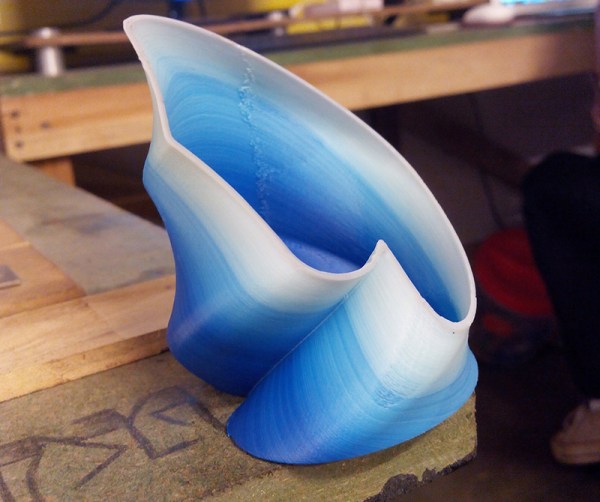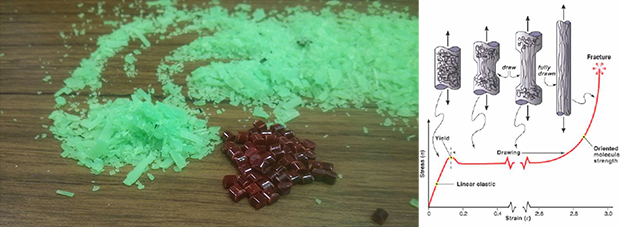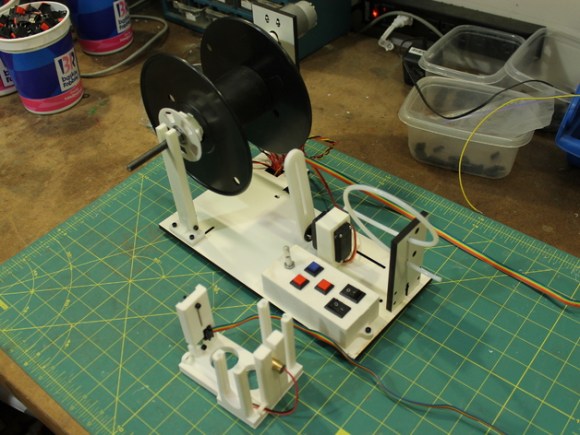A while ago, when 3D printing was the new hotness, a few people looked around and said, ‘our printers are open source, why can’t we just build the machines that make our 3D printing filament?’ There was a $40,000 prize for the first person to build an open source filament extruder, resulting in a few filament fabrication machines being released into the wild. [Rupin] over in the Mumbi hackerspace has one of these filament extruders – a Filastruder – and decided to take a look at what it could do.
The experimentations began with a few kilograms of ABS pellets he found at the market, with bags of red, blue, green, and white masterbatch pellets showing up at the Hackerspace. Experimenting with these pellets, [Rupin] was able to create some very nice looking filament that printed well and changed color over the course of a print.
There were a limitations of the process, though: the filastruder has a long melt zone, so colors will invariably mix. If you’re thinking about doing a red to blue transition with filament created on a Filastruder, you’ll end up with a filament with a little bit of red, a little bit of blue, and a lot of a weird purple color. The time to create this filament is also incredibly long; over the course of two days, [Rupin] was able to make about half a kilo of filament.
Still, the results look fantastic, and now that [Rupin] has a source for masterbatch and ABS pellets, he’s able to have a steady supply of custom color filament at the hackerspace.

















